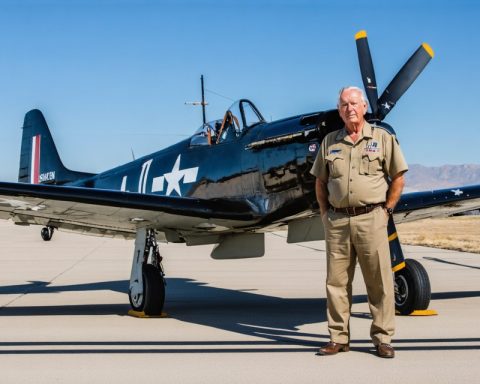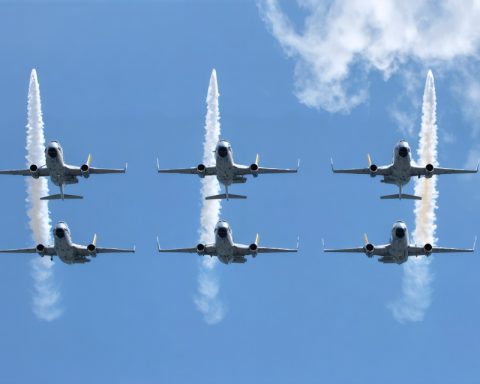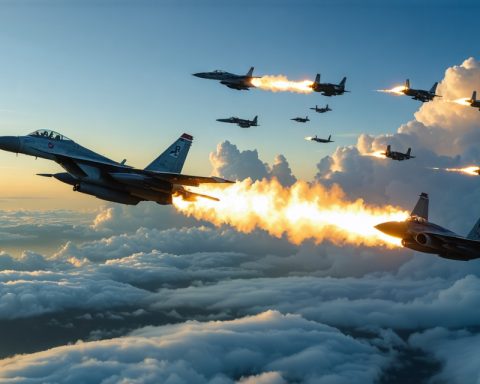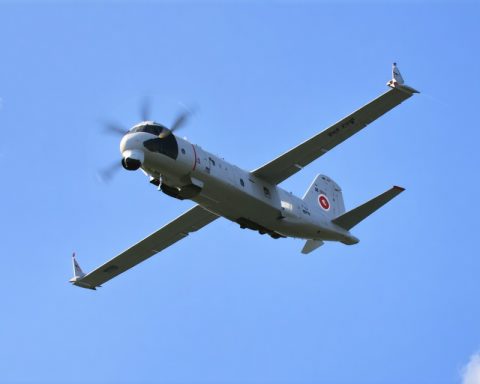Escalating Military Readiness
The United States and South Korea have initiated a significant aerial exercise designed to enhance their military readiness in light of North Korea’s advancing missile capabilities. This operation comes in response to North Korea’s recent test of a hypersonic missile, marking its first test of the year and showcasing its growing arsenal.
This four-day joint exercise, known as Buddy Squadron, is taking place at an air base located in Wonju, southeast of Seoul. Participants include South Korean FA-50 fighter jets and A-10 attack aircraft sent by the U.S. Air Force, demonstrating a coordinated defense strategy between the two allies.
U.S. Air Force Modernization
The U.S. is undergoing a comprehensive modernization of its air power in the region, replacing older A-10 aircraft that have served for over forty years with more advanced jets. Reports indicate that the A-10s, designed for ground support, are being withdrawn to make way for upgraded fighter jets like the F-16s. This strategic shift is intended to enhance operational effectiveness in countering threats from North Korea and China.
The final A-10 aircraft are slated for withdrawal by the end of September 2025. This is part of a broader strategy to maintain peace and security in the Indo-Pacific region. The actions of both countries signal a commitment to strengthening their defense capabilities in the face of emerging threats.
Strategic Military Collaboration and Its Broader Implications
The recent joint military exercises between the United States and South Korea signify a deeper commitment to regional stability amid escalating tensions with North Korea. This collaboration is not only a matter of military readiness but also a pivotal moment that reflects shifting dynamics in global geopolitics. As nations bolster their defense strategies, the implications extend far beyond borders.
Culturally, these military preparations could impact public perception of security, fostering a sense of vigilance within South Korean society. Citizens might become more attuned to national defense issues, potentially influencing future political discourse and public policy. Conversely, this rise in militarization may stoke fears in neighboring countries, leading to an arms race that could destabilize the region further.
Economically, the emphasis on modernizing military capabilities could result in increased defense spending. The U.S. and South Korea’s financial commitments to advanced air power signify both investment in technology and potential shifts in budget allocations that could affect other sectors, such as education and healthcare.
Environmentally, heightened military activity may have unforeseen effects. Increased flights and training missions typically elevate noise pollution levels and could disrupt local ecosystems, raising concerns about long-term sustainability in affected areas.
As these military exercises continue, they not only signify immediate responses to threats but may also foreshadow broader changes in international relations, economic priorities, and environmental health, all of which warrant close scrutiny as we look to the future.
Enhancing Alliance: The Future of U.S. and South Korea Military Collaboration
Overview of Military Readiness Initiatives
The United States and South Korea’s joint military exercise, known as Buddy Squadron, marks a critical step in bolstering their defense posture amid rising tensions on the Korean Peninsula. With North Korea’s advancements in missile technology, particularly hypersonic capabilities, this operation signifies deeper military cooperation and a proactive approach to security in the region.
Exercise Details and Objectives
The four-day aerial exercise being conducted at an air base in Wonju, southeast of Seoul, features South Korea’s FA-50 fighter jets alongside U.S. A-10 attack aircraft. This collaboration reflects a synchronized defense strategy aimed at not only testing joint operational capabilities but also improving rapid response times to potential threats.
U.S. Air Force Modernization Initiatives
A significant aspect of the U.S. military strategy involves modernizing air power. The phased withdrawal of the older A-10 aircraft, which have been operational for over four decades, is a key part of this modernization. The replacement with advanced jets, such as the F-16s, underscores a commitment to integrating more versatile and powerful aircraft into the theater. This shift is essential for enhancing strategic flexibility and operational effectiveness in countering North Korea and other regional threats.
Trends in Military Collaboration
As global security dynamics shift and North Korea continues to develop its missile capabilities, military exercises like Buddy Squadron are becoming more frequent. These drills not only showcase allied readiness but also serve as a deterrent against potential aggression. Enhanced joint operational capabilities are essential for tackling the multifaceted threats emerging in the region.
Pros and Cons of Expanded Military Exercises
Pros:
– Increased Readiness: Joint exercises ensure that both nations can react promptly and effectively in crisis situations.
– Stronger Alliance: Ongoing collaboration reinforces the bond between the U.S. and South Korea, showcasing unity in the face of regional threats.
– Improved Technology: The introduction of modern aircraft enhances mission success rates and integrates the latest defense technology.
Cons:
– Escalation of Tensions: Frequent military drills can provoke responses from adversaries, leading to heightened tensions in the region.
– Resource Allocation: Focusing on military preparedness might divert resources from other critical areas such as economic development and humanitarian efforts.
Predictions and Future Directions
Looking ahead, the continued modernization of military forces and increased joint exercises are expected as both nations grapple with the evolving security landscape. The withdrawal of A-10 aircraft by September 2025 represents a pivotal moment for the U.S. Air Force, illustrating a commitment to maintaining technological superiority and operational agility in the Indo-Pacific.
Conclusion
The Buddy Squadron exercise is just one of many steps the U.S. and South Korea are taking to confront security challenges posed by North Korea’s missile advancements. Through modernization and joint training, both nations aim to ensure peace and stability in the region while preparing for any potential conflicts.
For more information on military developments and international relations, visit Defense.gov.












